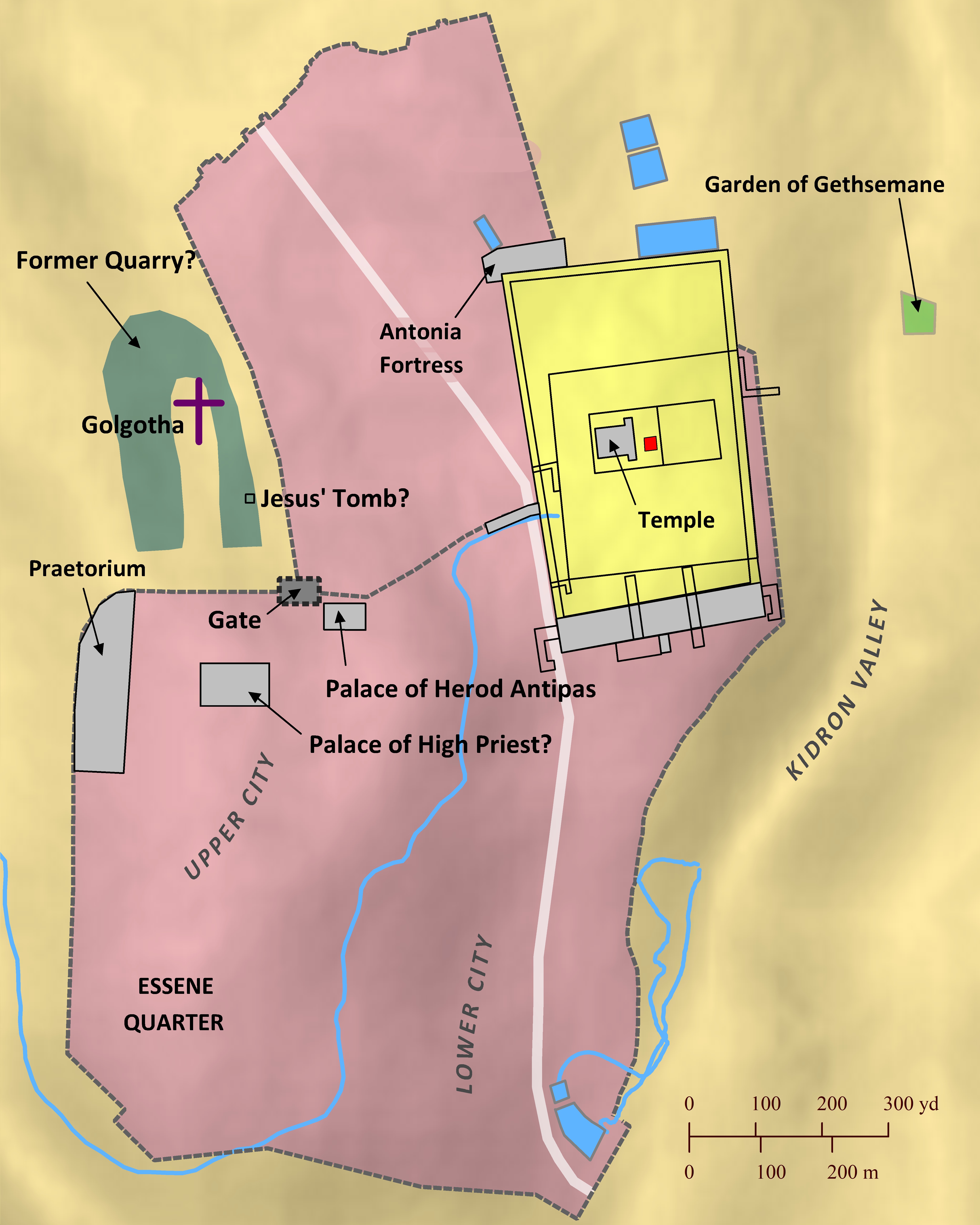Note: This view shows ‘verses’ which are not natural language units and hence sometimes only part of a sentence will be visible—click on any Bible version abbreviation down the left-hand side to see the verse in more of its context. Normally the OET discourages the reading of individual ‘verses’, but this view is only designed as a tool for doing comparisons of different translations—the older translations are further down the page (so you can read up from the bottom to trace the English translation history). The OET segments on this page are still very early looks into the unfinished texts of the Open English Translation of the Bible—please double-check these texts in advance before using in public.
AICNT And he withdrew from them about a stone's throw, and knelt down and prayed,
OEB Then he withdrew about a stone’s throw, and knelt down and began to pray.
WEBBE He was withdrawn from them about a stone’s throw, and he knelt down and prayed,
WMBB (Same as above)
NET He went away from them about a stone’s throw, knelt down, and prayed,
LSV And He was withdrawn from them, as it were a stone’s cast, and having fallen on the knees He was praying,
FBV Then he left them and walked about a stone's throw away, where he kneeled down and prayed.
TCNT Then he withdrew from them about a stone's throw away and knelt down and prayed,
T4T Then he went from them a distance of about 30 meters/yards. (OR, as far as someone can throw a stone.) He knelt and prayed,
LEB And he withdrew from them about a stone’s throw and ⌊knelt down⌋[fn] and[fn] began to pray,[fn]
BBE And he went a little distance away from them and, falling on his knees in prayer, he said,
Moff He withdrew about a stone's throw and knelt in prayer,
Wymth But He Himself withdrew from them about a stone's throw, and knelt down and prayed repeatedly, saying,
ASV And he was parted from them about a stone’s cast; and he kneeled down and prayed,
DRA And he was withdrawn away from them a stone’s cast; and kneeling down, he prayed,
YLT And he was withdrawn from them, as it were a stone's cast, and having fallen on the knees he was praying,
Drby And he was withdrawn from them about a stone's throw, and having knelt down he prayed,
RV And he was parted from them about a stone’s cast; and he kneeled down and prayed,
(And he was parted from them about a stone’s cast; and he knelt down and prayed, )
SLT And he was removed from them about a stone’s cast, and having placed the knees, he prayed,
Wbstr And he was withdrawn from them about a stone's cast, and kneeled down, and prayed.
KJB-1769 And he was withdrawn from them about a stone’s cast, and kneeled down, and prayed,
(And he was withdrawn from them about a stone’s cast, and knelt down, and prayed, )
KJB-1611 And he was withdrawen from them about a stones cast, and kneeled downe, and prayed,
(Modernised spelling is same as from KJB-1769 above, apart from punctuation)
Bshps And he gate hym selfe from them about a stones caste, and kneeled downe, and prayed,
(And he gate himself from them about a stones caste, and knelt down, and prayed,)
Gnva And he was drawen aside from them about a stones cast, and kneeled downe, and prayed,
(And he was drawn aside from them about a stones cast, and knelt down, and prayed, )
Cvdl And he gat him from them aboute a stones cast, and kneled downe, prayed,
(And he gat him from them about a stones cast, and knelt down, prayed,)
TNT And he gate him selfe from them about a stones cast and kneled doune and prayed
(And he gat himself from them about a stones cast and knelt down and prayed )
Wycl And he was taken awei fro hem, so myche as is a stonys cast; and he knelide,
(And he was taken away from them, so much as is a stones cast; and he knelt,)
Luth Und er riß sich von ihnen bei einem Steinwurf und kniete nieder, betete
(And he ripped/tore/cracked itself/yourself/themselves from to_them at/in one Steinwurf and kniete low/lowly, prayed)
ClVg Et ipse avulsus est ab eis quantum jactus est lapidis: et positis genibus orabat,[fn]
(And exactly_that/himself avulsus it_is away to_them quantum yactus it_is lapidis: and positis genibus orabat, )
UGNT καὶ αὐτὸς ἀπεσπάσθη ἀπ’ αὐτῶν ὡσεὶ λίθου βολήν, καὶ θεὶς τὰ γόνατα, προσηύχετο
(kai autos apespasthaʸ ap’ autōn hōsei lithou bolaʸn, kai theis ta gonata, prosaʸuⱪeto)
SBL-GNT καὶ αὐτὸς ἀπεσπάσθη ἀπʼ αὐτῶν ὡσεὶ λίθου βολήν, καὶ θεὶς τὰ γόνατα προσηύχετο
(kai autos apespasthaʸ apʼ autōn hōsei lithou bolaʸn, kai theis ta gonata prosaʸuⱪeto)
RP-GNT Καὶ αὐτὸς ἀπεσπάσθη ἀπ' αὐτῶν ὡσεὶ λίθου βολήν, καὶ θεὶς τὰ γόνατα προσηύχετο,
(Kai autos apespasthaʸ ap' autōn hōsei lithou bolaʸn, kai theis ta gonata prosaʸuⱪeto,)
TC-GNT Καὶ αὐτὸς ἀπεσπάσθη ἀπ᾽ αὐτῶν ὡσεὶ λίθου βολήν, καὶ θεὶς τὰ γόνατα προσηύχετο,
(Kai autos apespasthaʸ ap autōn hōsei lithou bolaʸn, kai theis ta gonata prosaʸuⱪeto, )
Key for above GNTs: yellow:punctuation differs, orange:accents differ, red:words differ (from our SR-GNT base).
